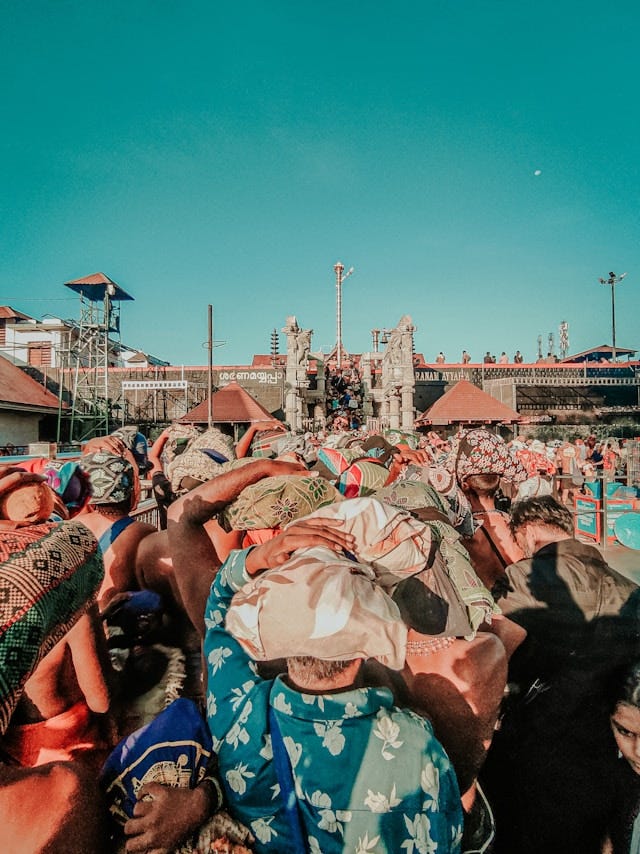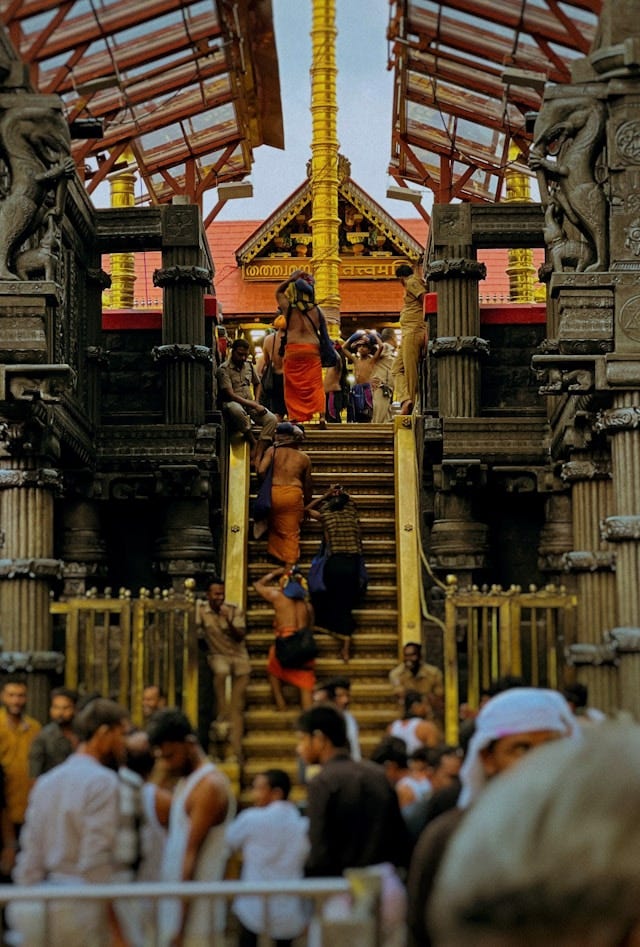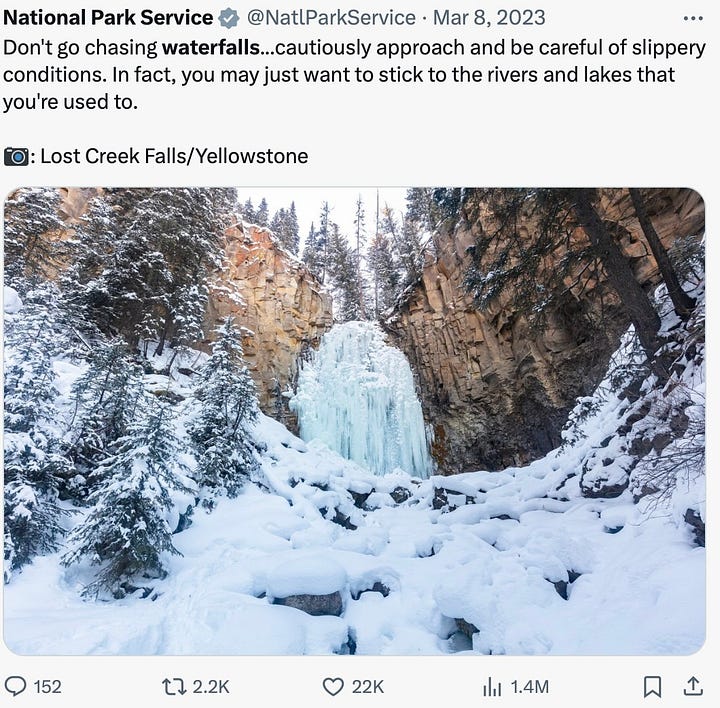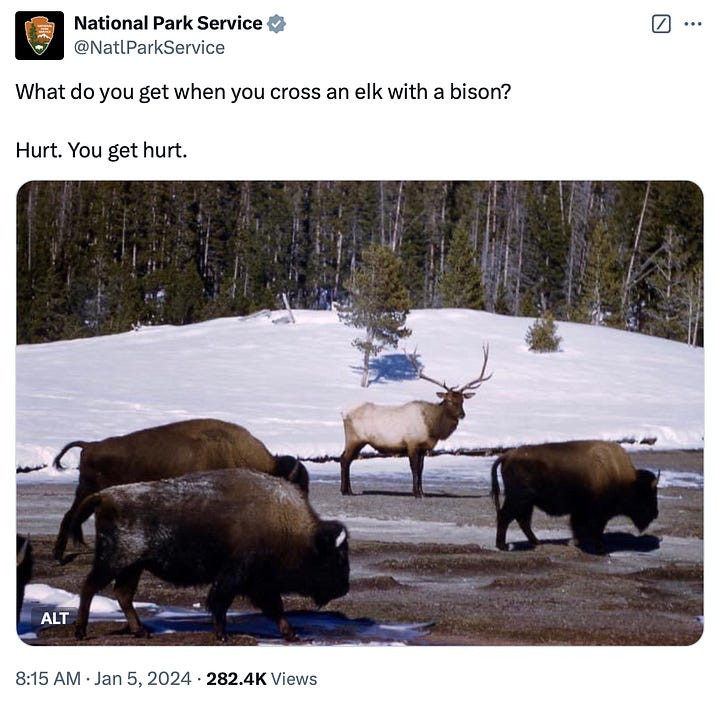It was 8am and my friend Emma’s pre-scheduled ride was a few minutes late. She had enough time to get to the race. The heavy downpour overnight had her worried but the weather gods had since calmed down, and a light morning drizzle was no excuse for event cancelletion. She was looking foward to this run, her first in the Tennessee bible belt.
Emma learned early on as a young trained dancer that running was her true passion, because unlike dancing, it was never about chasing glory. That’s also why she enjoyed long distance runs and marathons. Less pressure, more fun. She reminded herself to endure the first 3 miles to let her mind settle and her legs to warm up, then wait for her runners-high to kick in before switching to cruise-mode.
So here she was, on a rainy Sunday morning, wearing bright green tights and a flowery holiday sweater, far away from her New York Queens life, on her way to the Santa’s Hustle 10K race in Nashville, Tennessee.
Emma was in town to spend some family time with her brother and her nephews but the timing of her visit was orchestrated around the race. In fact, all her travel escapades have almost always been planned around a running event. That’s just how she rolled, I mean, ran.
Rick Steves, the American travel writer and TV personality, says there are three ways to travel the world - as a Traveler, a Pilgrim, or a Tourist. Emma was a Traveler, and I’d like to think I am one too.
Those who travel to experience the world
I started road cycling during the pandemic. Like all my interests in the past, I quickly became obsessed with this too. I would stalk Amazon vendors for all kinds of cycling gear. I was always looking up cycling events near and far, pestering my wife to join me on my getaways. Between me and my road bike, which I named The Gold Digger, I am sure she felt like the third wheel.
Once we spent a weekend in Atlanta Georgia to participate in the “One Love” century ride, a total of 60+ miles over the rolling terrains of the Chattahoochee Hills in two days with 1300 cyclists from around the nation. To call it challenging would be an understatement. I made it to the finish line at an acceptable pace. It was my first real race, and like Emma I was not there to compete. I was in it for the experience and their famous fish fry, served at the afterparty.
We drove to Chattanooga Tennessee where I rode as a guest cyclist with a small group of regulars from the local biking club. They unlocked an entirely new way to explore a city I have been to many times before. They took me through the inner city trails and old neighborhoods, and stopped at a local farmers market. They taught me cycling etiquettes, signs cyclists use when riding in a group, and showed me why a gas station with a “beer cave” was a cyclists best friend on a hot September day.
We drove to Little Rock Arkansas, so I could ride 53 miles around the Arkansas river with 2500 cyclists for their annual “Big Dam Bridge” ride. The day after the race we explored coffee shops and found our new favorite Pakistani restaurant.
My bike tagged along on all our roadtrips that year. When I couldnt find events to partake in, I would plan solo riding routes. I rode the flat terrains of Florida around lakes and alongside beaches. I rode from downtown Chicago all the way to the Indiana border and back, in cold icy rain on a winter Friday.
The Gold Digger and I didn’t feel like tourists in those places. We were blending in with the locals, and I left with a deeper connection that I had not felt before.
“Ideally, travel broadens our perspectives personally, culturally, and politically. Suddenly, the palette with which we paint the story of our lives has more colors.” —— Rick Steves
Those who travel to find themselves
In India, December through January is the peak season for the famous Sabarimala pilgrimage, when many Hindu pilgrims from remote parts of India begin their journey after 41 days of fasting.
The pilgrims wearing black clothing, beaded chains around their necks and wrists, carry a sacred bundle with offerings for their deity and just enough provisions for the strenuous path ahead to reach the foothills of the mountain to pay homage to Lord Ayyappa, the son of Lord Shiva, a symbol of unity, who’s path they follow.
The real test of mettle starts with a final 46km (or 26 miles) crowded trek up a slippery uphill mountain trail in order to reach 18 steep gold-plated steps that leads up to the gold-crowned temple of worship.


The most devout of these pilgrims even walked the entire way, from their home to the temple, barefoot.
It is a humbling trip for the estimated half a millions pilgrims who travel this path of penance every year, to detach themselves of their material processions. Rick Steves calls it the way of the Pilgrim.
“Regardless of your journey, you can put a little pilgrim in your travels and find your own personal jubilation.” —— Rick Steves
But not all pilgrims travel for religious reasons, as evidenced by NatGeo list of the top 10 pilgrimage routes in the world. People just want to detox from their digital TikTok lives.
Those who capture more and experience less.
Emma once traveled to the Grand Canyon with her mom. At the entrance to the trail they saw a guy entering with very few supplies, clearly not enough for the challenging trail ahead. Anyone who’s traversed this trail before knows that you pack more than you need not less, Emma thought, and asked the park ranger if they should warn him.
“That’s a TikTok tourist”, said the ranger, “and he’ll probably learn the hard way. We always keep an eye on them.”


In our eagerness to take a selfie, frame a scene, and post that reel, many tourists tend to be oblivious of the dangers that lurk ahead.
This was evident when we visited Yellowstone National Park last year. Despite the abundance of cautionary signs it is surprising how many tourists fall prey to their carelessness. The reports of missing hikers who went off trail, of thermal burn victims who went too close to the geysers, are reported far too often. The most recent incident reported was of the 83-year-old woman who was gored by a bison when she approached too lose to the wild animal.
Many popular tourist destinations are also seeing protests against mass tourism. In Barcelona this summer, tourists were driven out of restaurants by locals who fired squirt-guns at them while chanting “Tourists Go Home”. Similar protests are also reported in other European destinations such as Italy, Greece, and Amsterdam.
The major impact of overtourism is the displacement of local people. Young families in particular are struggling to find affordable housing in the city and, as more apartments are rented out full time to visitors, many residents are starting to find that they don’t know their neighbours anymore. 1
The world is becoming increasingly hostile for a tourist. Protests, uprisings, and never-ending wars prevent us from crossing off our “been there, done that” destination bucket list. It is the 21st century reality. “We are in Kaliyuga2”, my grandfather would have said. Gone are the days of the hippie trails when expressive travelers toured the world freely, and mesmerized locals looked at tourists in awe and wonder.
Rick Steves says the only way to over overcome fear is by understanding. This philosophy is of more significance today than ever before. He urges us to visit the popular landmarks but also the lesser known ones, to travel with our curiosity but also with respect.
“I travel around the world in a way that tries to open my mind and give me empathy and inspire me to come home and make this world a better place.” —— Rick Steves
Arrivederci
My most memorable international trip was in 2015 when my wife and I journeyed the length of Italy, from North to South in 11 days. We immersed ourselves in the local culture and cuisine, from the busy fashion-forward city centers of Milan to the architectural wonders of Florence, from the forgotten streets of Old Naples to the coastal villages of the Amalfi Coast, from the magnificent castle towns of Umbria to the serene and picturesque vineyards of Tuscany.
We would sit at the piazza’s observing the locals who gathered every evening to wine down their day with music, dancing and laughter. We were in love with Italy.
I had learned some Italian phrases for our trip. A frustrated pastry shop staff who dealt with unruly tourists all day managed to break a smile for us when I asked for the bill in Italian: “il conto, Por Favore!” I could tell that he appreciated it, that I cared enough to even try.
We asked to be seated at the chef’s table in local restaurants where we learned about Italian cooking styles, that the delicious meat plate the chef had curated for us came from his early morning hunt. “Arrivederci” I said as we got up to leave. “Grazie, arrivederci”, he responded.
“Arrivederci” means “until we see each other again” - a powerful word which is more than a good bye. It communicates that the guests want to return, and the hosts hope that you will. I hope that all my future travels end on that note.
Thank you for reading. Arrivederci.
What Does Kali Yuga Mean?
In Hinduism, Kali Yuga is the fourth and present age of the world cycle of yugas, or "ages." It's also the end of the four ages that comprise a cycle and is often referred to as the dark age. In Hindu belief, the Kali Yuga leads to destruction of the world and then the creation of a new cycle of the four yugas.
As with end-of-world predictions in other traditions and religions, pundits have attempted to calculate the end date of Kali Yuga. Various dates have been given, including 2012 and 2082. It is believed Kali Yuga began with the death of Lord Krishna, estimated as having occurred between 3102 and 3113 B.C.E.
Source: Yogapedia



I really enjoyed reading this. It was like going on a tour of your mind.